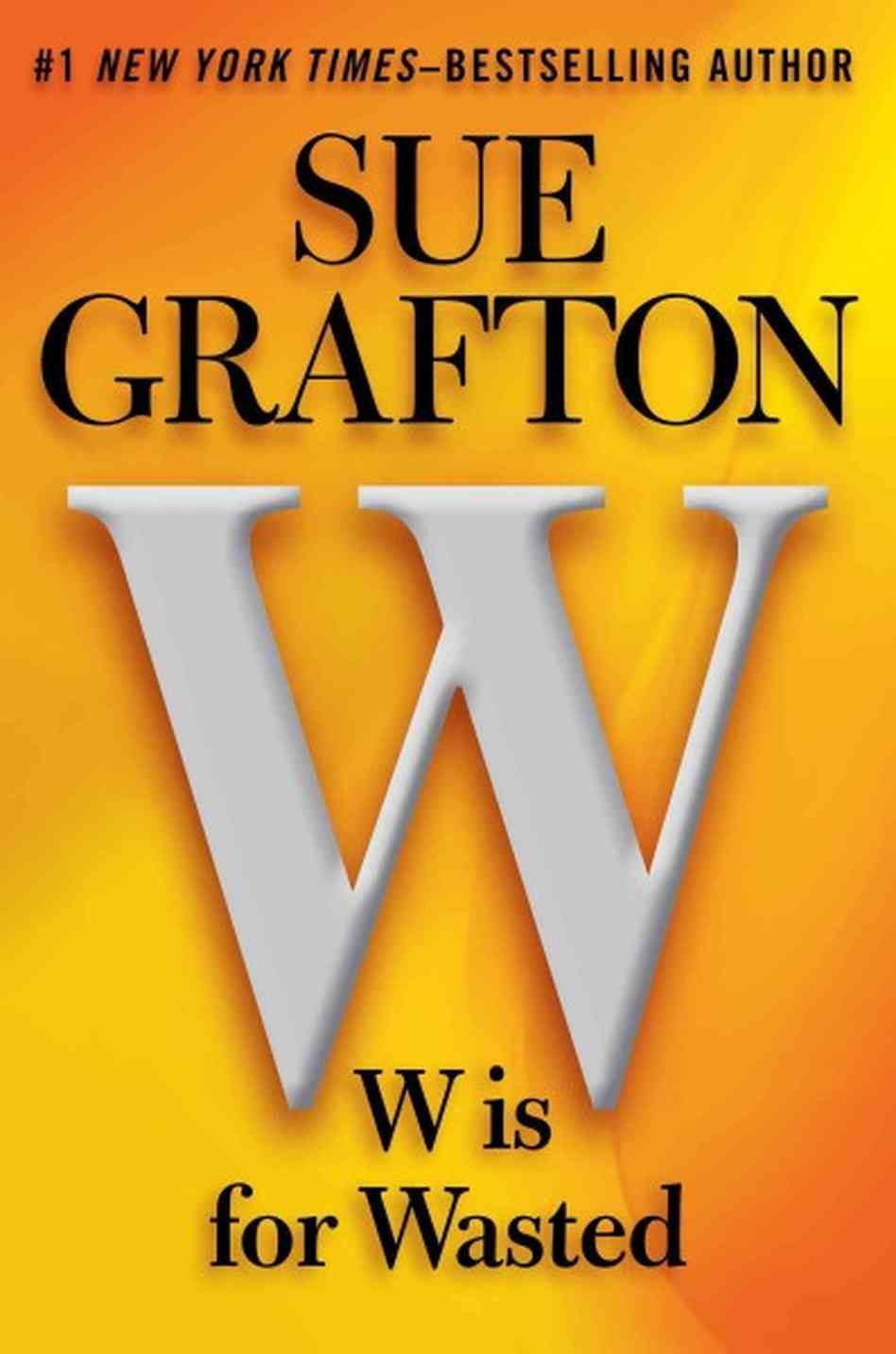William Goldman once tagged Ross Macdonald’s Lew Archer books as “the finest series of detective novels ever written by an American.” It may be too early to tell (she has three books to go), but in her scope and ambition, Sue Grafton may have come within spitting distance of snatching away that title. Certainly, an argument could be made that Grafton’s books featuring Kinsey Millhone are the finest series of detective novels written by a living American.
I know. Couldn’t be, right? But Grafton’s been so good for so long now (A is for Alibi came out over 31 years ago!), we’ve come to take her for granted.
But, two dozen books in (if you count Kinsey and Me, the short-story collection/soul-baring memoir released earlier this year), it’s hard to find another crime writer since Macdonald who has so consistently and successfully mapped out the human heart in all its warped, broken, and flawed glory, or so deliberately and effectively wormed their way into the occasionally ugly wreckage of the American family.
In the surprisingly ruminative W is for Wasted, Kinsey is once more crawling through the wreckage, this time working on two seemingly unrelated deaths. Pete Wolinsky, a “morally shabby” local PI whom Kinsey knows, albeit mostly by reputation, is “gunned down on a dark stretch of pavement.” Wolinsky is the very antithesis of Kinsey, whose flawed but dogged professionalism and quirky conscientiousness have stood her well through the series. Not so Wolinsky, who—it’s revealed in a parallel subplot tracing the last weeks of his life—is going down slow and desperate for cash.
But his murder isn’t really Kinsey’s concern. And neither is the second death, six weeks later, of a homeless man known only as Terrence, found dead of an apparent heart attack in his sleeping bag on the beach, with no real ID—just a scrap of paper with Kinsey’s name and address on it.
Kinsey has no clue who the “bum in a bag” was, but she’s intrigued. She decides to help the local coroner in identifying the man, unaware of the chain of events she’s about to set in motion; a chain of betrayals, fraud, family secrets, and murder that will link the two deaths and could change Kinsey’s life, both personally and professionally, forever.
As always, Grafton, like Kinsey, remains “hard-working, tireless and inventive.” Those expecting the author to ease off in the home stretch will be disappointed. With three to go, Kinsey, now pushing 38, is at long last confronting the possibility that her own family past—and all its unresolved mysteries—may be her most important case of all.



